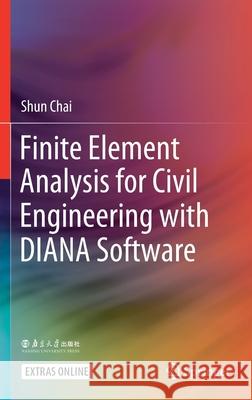Finite Element Analysis for Civil Engineering with Diana Software » książka
topmenu
Finite Element Analysis for Civil Engineering with Diana Software
ISBN-13: 9789811529443 / Angielski / Twarda / 2020 / 638 str.
Finite Element Analysis for Civil Engineering with Diana Software
ISBN-13: 9789811529443 / Angielski / Twarda / 2020 / 638 str.
cena 685,93
(netto: 653,27 VAT: 5%)
Najniższa cena z 30 dni: 655,41
(netto: 653,27 VAT: 5%)
Najniższa cena z 30 dni: 655,41
Termin realizacji zamówienia:
ok. 22 dni roboczych.
ok. 22 dni roboczych.
Darmowa dostawa!
Kategorie:
Kategorie BISAC:
Wydawca:
Springer
Język:
Angielski
ISBN-13:
9789811529443
Rok wydania:
2020
Wydanie:
2020
Ilość stron:
638
Waga:
1.07 kg
Wymiary:
23.39 x 15.6 x 3.51
Oprawa:
Twarda
Wolumenów:
01
Dodatkowe informacje:
Wydanie ilustrowane











